Unlocking the Future: How Battery Packs are Revolutionizing Portable Power Solutions
As the demand for portable power solutions continues to surge, battery packs have emerged as a pivotal technology in achieving energy efficiency and mobility. According to a recent market analysis by ResearchAndMarkets, the global battery pack market is projected to reach USD 110 billion by 2025, fueled by the increasing prevalence of electric vehicles (EVs), renewable energy storage, and consumer electronics. These advancements are not only enhancing the performance and longevity of devices but also supporting sustainable energy initiatives. The ability of modern battery packs to deliver higher energy densities and faster charging times reflects a significant leap in innovation, unlocking new possibilities for a wide range of applications. In this article, we will explore how battery packs are revolutionizing portable power solutions and what it means for the future of energy consumption.
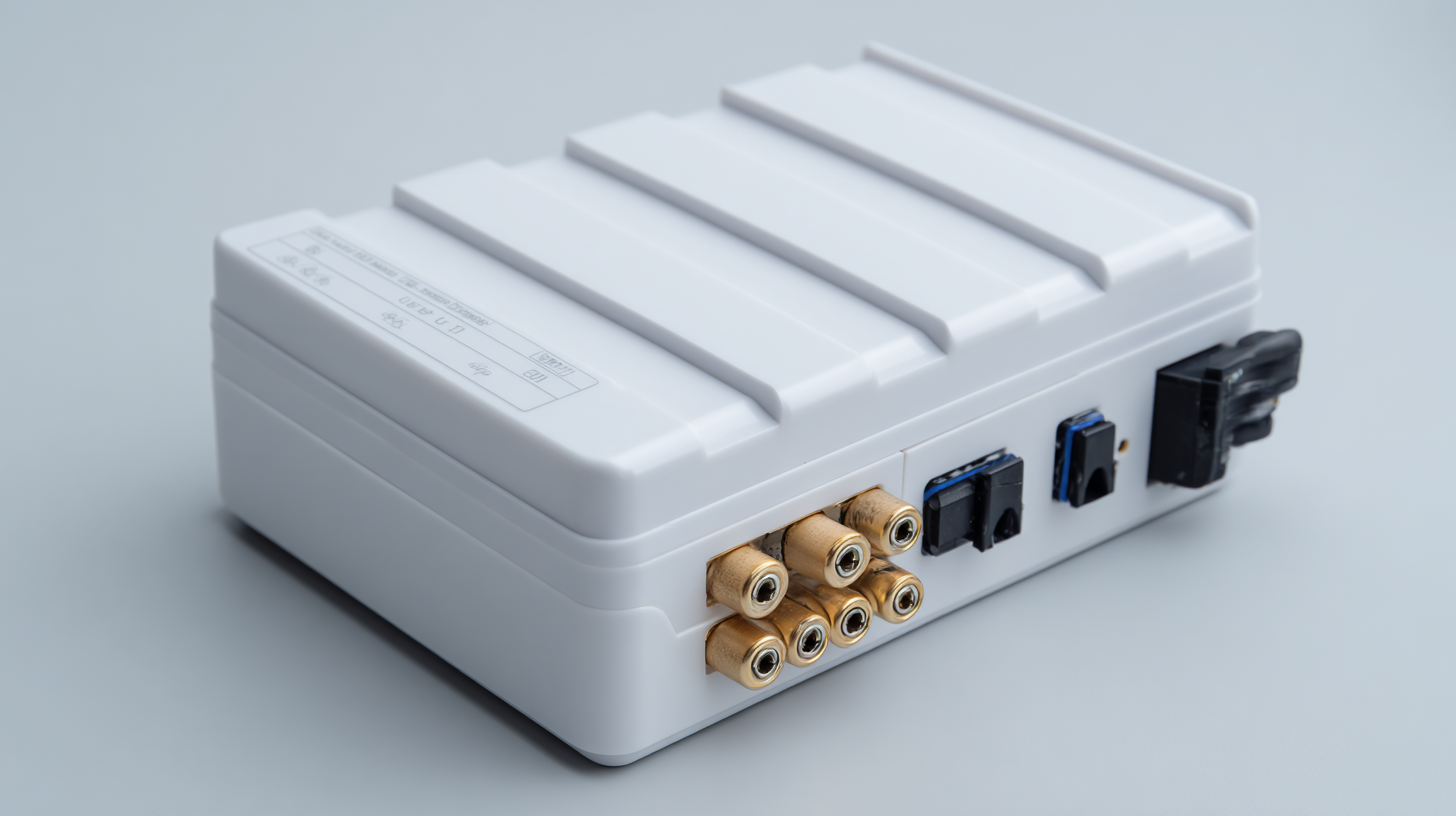
Exploring the Evolution of Battery Technology: Key Innovations Driving Portable Power Solutions
The evolution of battery technology has played a pivotal role in advancing portable power solutions, fundamentally transforming how we harness and utilize energy. The burgeoning demand for lithium batteries is a clear indication of this shift, as these power sources become integral to everything from electric vehicles to energy storage systems. Innovations in battery chemistry, particularly the development of silicon anodes, are paving the way for faster charging times and longer cycle lives. As companies push the boundaries of what’s possible, the incorporation of artificial intelligence in battery management promises to optimize performance and efficiency, ensuring that users have reliable power at their fingertips.
Moreover, the market for battery energy storage systems (BESS) is witnessing unprecedented growth, driven by the need to modernize power grids and seamlessly integrate renewable energy sources such as solar power. Insights from manufacturers indicate that the landscape is not only evolving in terms of capacity and charging speed but also expanding to include more sustainable and ethical mining practices for raw materials. As this dynamic field continues to innovate, the importance of finding alternative materials and improving design will be crucial for meeting the global demand for more efficient and environmentally friendly portable power solutions.
Unlocking the Future: Battery Technology Evolution
Understanding Lithium-Ion Battery Chemistry: The Backbone of Modern Portable Devices
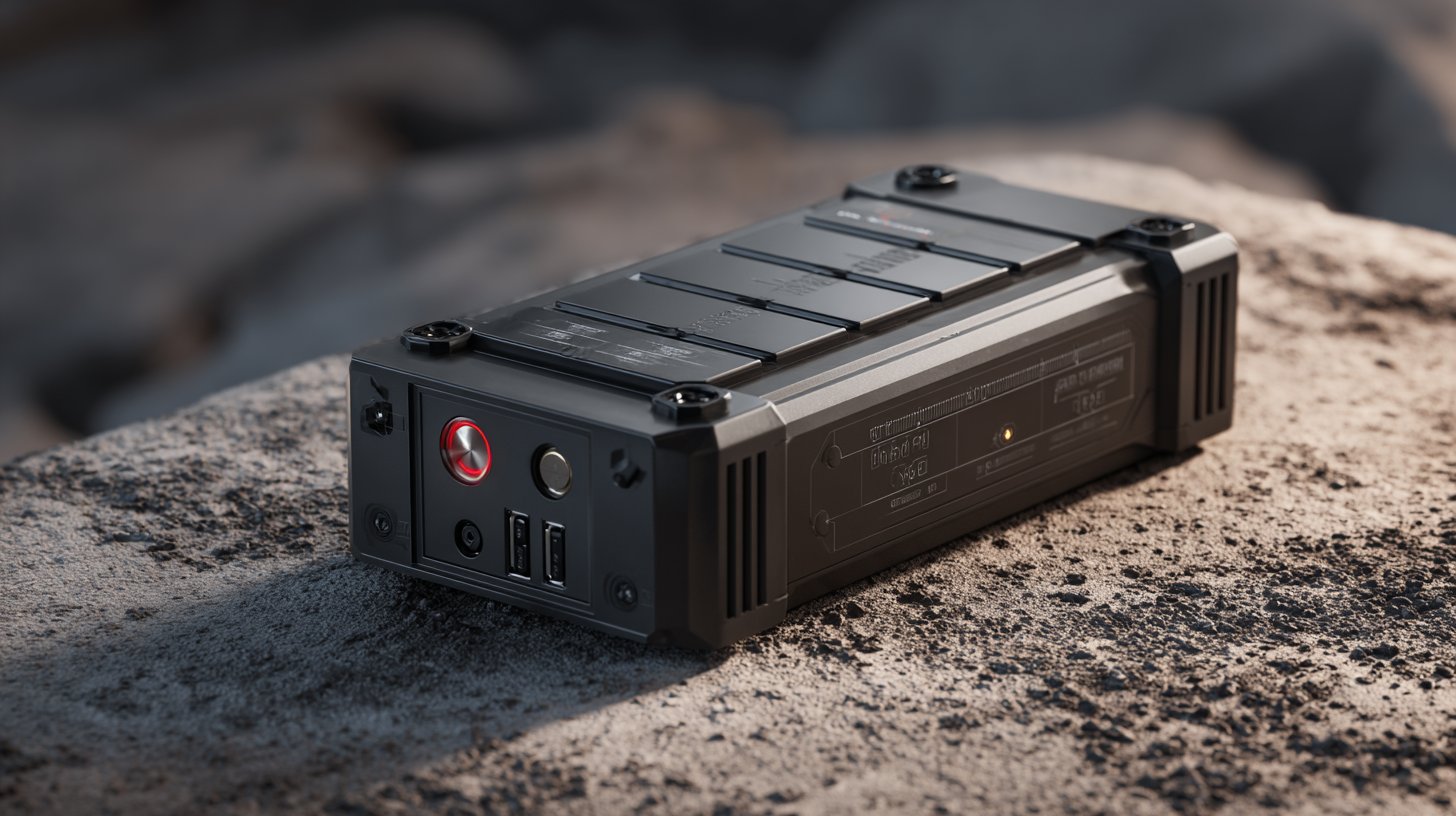 Understanding lithium-ion battery chemistry is crucial as it forms the backbone of modern portable power solutions. Over the past three decades, lithium-ion batteries have transformed the landscape of portable electronics, enabling a wide range of devices from smartphones to electric vehicles. This evolution has been driven by advancements in cathode materials and the overall understanding of battery chemistry, including the recent identification of O2 formation and its implications for voltage hysteresis. Such breakthroughs are pivotal for improving battery efficiency and longevity.
Understanding lithium-ion battery chemistry is crucial as it forms the backbone of modern portable power solutions. Over the past three decades, lithium-ion batteries have transformed the landscape of portable electronics, enabling a wide range of devices from smartphones to electric vehicles. This evolution has been driven by advancements in cathode materials and the overall understanding of battery chemistry, including the recent identification of O2 formation and its implications for voltage hysteresis. Such breakthroughs are pivotal for improving battery efficiency and longevity.
As the demand for higher efficiency and safer energy storage solutions continues to rise, researchers are exploring new materials and technologies to enhance lithium-ion battery performance. Innovations such as metal-organic frameworks are being employed to bolster the structural integrity and conductivity of cathodes, paving the way for next-generation batteries. Moreover, the heightened awareness of safety concerns, including potential fire risks tied to manufacturing defects, underscores the importance of rigorous material testing and quality control in battery production, ensuring that the technology remains safe for everyday use.
Evaluating Battery Capacity: How mAh and Wh Ratings Influence Device Performance
When evaluating battery capacity, understanding the significance of milliampere-hours (mAh) and watt-hours (Wh) is crucial for assessing device performance. mAh measures the battery's charge capacity over time; a higher mAh rating indicates a longer usage time before requiring a recharge. For instance, devices such as smartphones and tablets with larger mAh ratings can last longer on a single charge, which is particularly important for users who rely on their devices for extended periods without access to a charger.
On the other hand, watt-hours (Wh) offer a more comprehensive view of a battery's energy storage capacity, integrating both voltage and current to represent the total energy available. This metric is essential for understanding how different devices will perform under varied loads. For example, a power bank with a high Wh rating can supply energy to multiple devices simultaneously, making it an excellent choice for tech-savvy users. Therefore, evaluating both mAh and Wh ratings provides a more well-rounded perspective on battery performance, ensuring that consumers choose the right power solutions to meet their specific needs.

The Impact of Fast Charging: Speeding Up Portable Power Consumption and Efficiency
The rapid advancement of battery pack technology has dramatically transformed how we perceive portable power solutions. The emphasis on fast charging has become increasingly essential as consumer demands for swift and efficient device charging escalate. According to industry reports, fast chargers can deliver power to smartphones, tablets, and laptops at speeds significantly faster than traditional chargers, allowing devices to reach an 80% charge in as little as 35 minutes. This is especially crucial for users on the go, who often juggle a packed schedule where every minute counts.
Moreover, the rise of power banks designed for rapid charging has led to a rise in their popularity among travelers and outdoor enthusiasts. The latest power banks on the market have been engineered not only for compactness but also for high output, ensuring that users can charge multiple devices simultaneously without missing a beat. In 2025, the best power banks are reported to support various fast charging protocols, providing an efficient solution for keeping devices powered during critical moments. The integration of these features signals a robust movement towards enhancing portable power consumption and overall efficiency in an increasingly mobile-centric world.
Unlocking the Future: How Battery Packs are Revolutionizing Portable Power Solutions
| Battery Type | Capacity (mAh) | Fast Charging (W) | Charge Time (hours) | Applications |
|---|---|---|---|---|
| Lithium-ion | 5000 | 65 | 1.5 | Smartphones, Laptops |
| Lithium Polymer | 6000 | 50 | 2 | Drones, Tablets |
| Nickel-Metal Hydride | 2000 | 25 | 3.5 | Cameras, Gaming Devices |
| Solid-State | 4000 | 75 | 1 | Electric Vehicles |
Future Trends in Battery Development: What to Expect from Emerging Technologies and Materials
The future of battery development is shaped by innovative materials and technologies that respond to the increasing demands of industries such as robotics and AI. As humanoid robots gain traction, the need for advanced lithium battery materials becomes critical. These materials significantly influence the performance, safety, lifespan, and cost of batteries, prompting companies to intensify research and development efforts. The integration of AI with humanoid robots underscores the necessity for a robust supply chain in the lithium battery sector, which is poised for rapid growth.
Emerging technologies, such as sodium-ion and solid-state batteries, are also noteworthy trends that may redefine portable power solutions. Sodium-ion batteries, utilizing biomass-based hard carbon anodes, present a promising alternative in the face of rising lithium demand. Additionally, solid-state batteries, which employ solid electrolytes for enhanced thermal stability, are becoming increasingly relevant amidst new applications like drones and other advanced robotics. These advancements not only hint at a transformed landscape for battery technology but also highlight the critical role of innovative materials in meeting future energy needs.
Related Posts
-
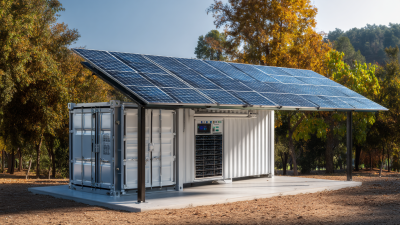
Revolutionizing Energy Storage: The Future of Battery Solutions for Sustainable Living
-
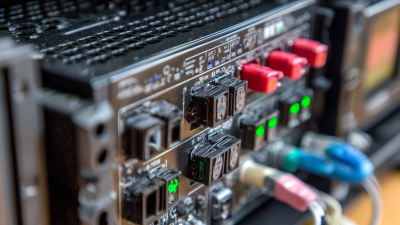
7 Essential Facts About the Best UPS Backup System for Your Business Needs
-
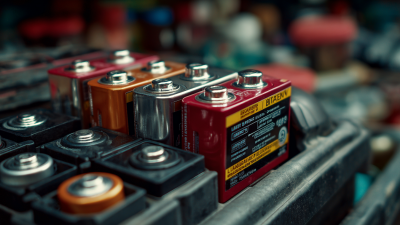
The Untold Secrets of Lead Acid Batteries: Maximizing Efficiency and Longevity
-

Essential Guide to Choosing the Right UPS Backup System for Your Home Office
-

Exploring Battery Service Innovations at the 138th Canton Fair 2025: Industry Trends and Insights
-
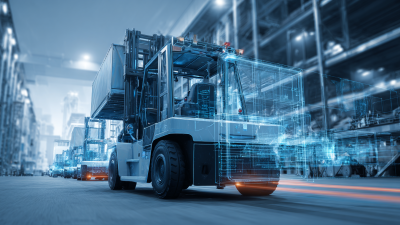
Battery Power Innovations at the 138th Canton Fair 2025 Enhancing Industry Data Insights
